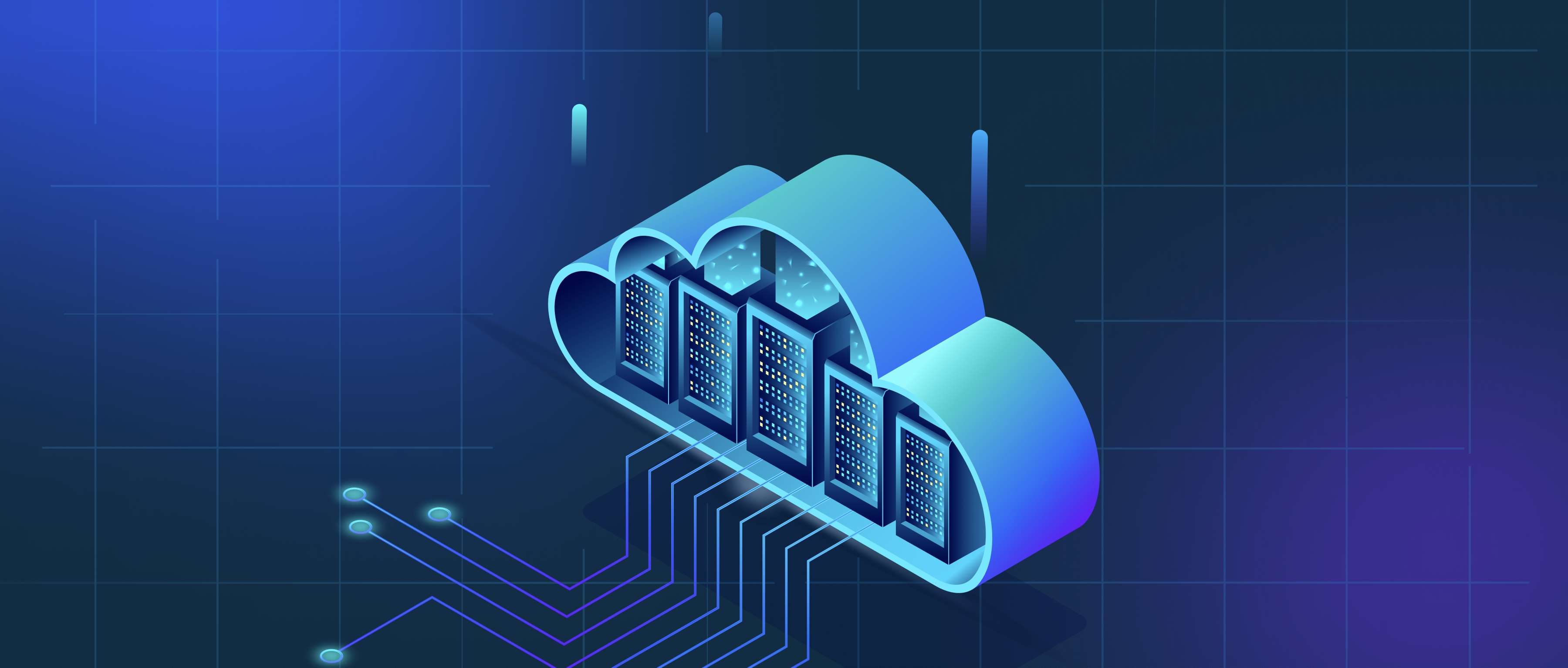NLP enables chatbots to process and respond to user inputs in a conversational and contextually relevant manner. It powers tasks like intent recognition, entity extraction, and dialogue management, allowing chatbots to understand what the user wants and generate appropriate responses. For example, in a customer support chatbot, NLP can interpret a query like "Where is my order?" to identify the intent ("order tracking") and extract key entities like order numbers.
Modern chatbots rely on pre-trained transformer models like GPT or fine-tuned BERT for language understanding and generation. These models allow chatbots to handle complex queries, maintain context across multi-turn conversations, and adapt responses dynamically. Sentiment analysis can be integrated to detect user emotions and adjust the chatbot’s tone accordingly.
Applications include customer service, sales, and virtual assistants. NLP also enables multilingual capabilities, allowing chatbots to interact with users in different languages. By combining NLP with backend APIs and databases, chatbots can retrieve and provide personalized information, such as order details or account status. Popular frameworks like Dialogflow, Rasa, and Microsoft Bot Framework leverage NLP to build intelligent conversational agents.
